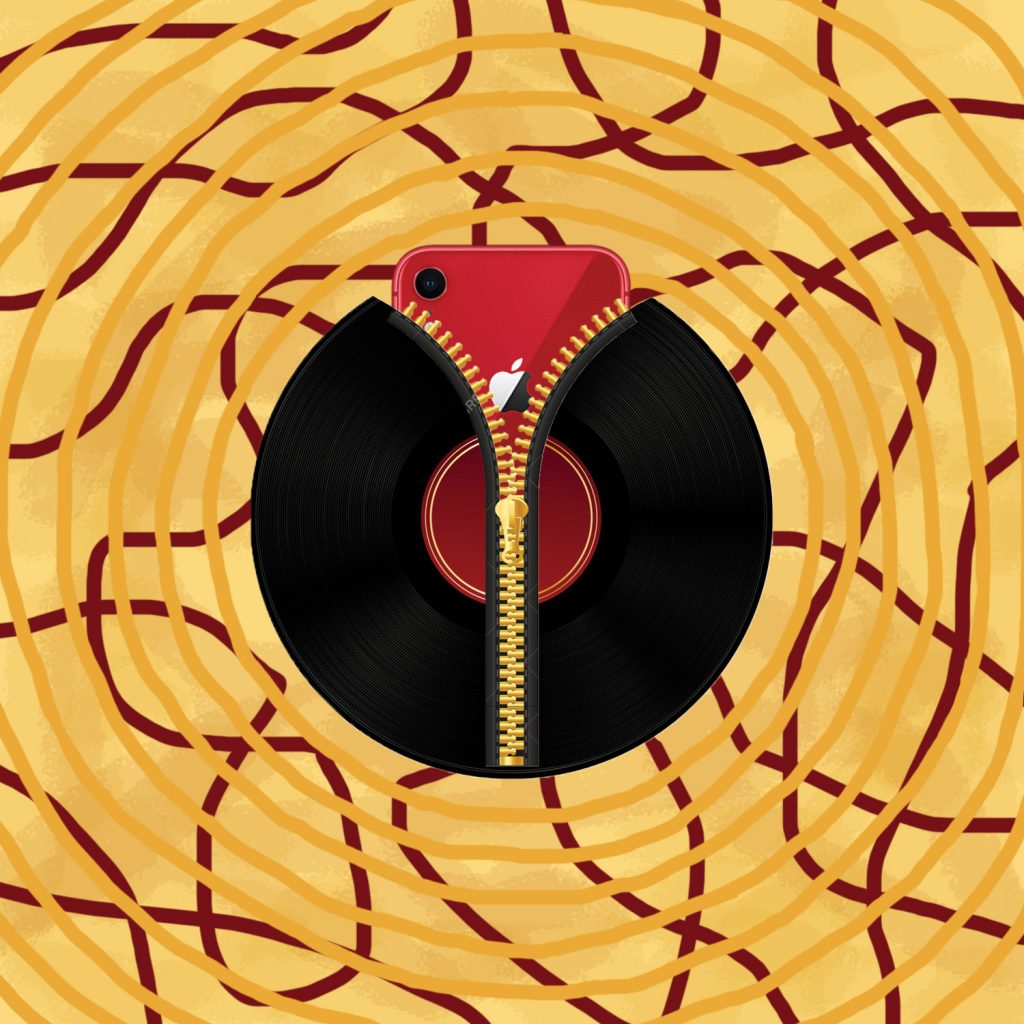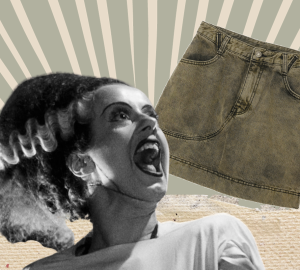Now that Halloween is over, we look ahead to the other occasions where we can pretend to be someone else in a socially acceptable manner: Christmas, for example? Or Valentine’s Day — if one so cares to dress up like Cupid. Maybe Mardi Gras. Saint Patrick’s Day. Hey, if one absolutely can’t wait, school plays and Comic Cons are always there.
It’s no secret why some of us are fascinated with costumes: pretending is fun! Acting like you’re someone else is exhilarating! For most of the year, we are trapped in our bodies and personalities, and then on these golden days we are liberated, free to submerge ourselves in a different persona under a different skin. The special feeling these occasions offer are so heightened that in our minds, these days are the only days for pretense.
But I say, that for some, every day is a day for pretense.
I don’t mean conformity to social expectations, abidance to common courtesy or restraint from voicing sassy thoughts about your co-workers. I’m more interested in the things with which we bedeck our lives, most specifically retro stuff.

We were either born at the end of the 20th century or at the beginning of the 21st, yet our attire, music and aesthetics derive from sitcoms 40 years ago. Our time is now, but we like to think we live in the past, that the past is an extension of us, like our own time bubbles that punctuate the present. Oh, what a time to be alive, we say, looking at decades gone, and submerge ourselves in their artifacts. What a Gatsby situation we’ve gotten ourselves in: running irreversibly to the future, while keeping our eyes on the past. While there’s nothing worth criticizing about the phenomenon, it is certainly curious to think about: what is it that has made us so gripped by constant nostalgia?
Maybe it’s just the aesthetics. There’s a distinct flavor to what is gone. It’s unique because it is irretrievable, and it is uncomplicated because it has been played out. As time goes on the remnants of times past seem increasingly simple, much simpler than the present where questions aren’t yet answered and crises haven’t yet gone out. The past wasn’t free of political complications, but its complications looks more understandable to us than now. The past is therefore different and good, and the mere appearance of it, when blanketed over the present, offers not only a vintage aesthetic, but a blissfully thoughtless one.

But right there is when it goes beyond the aesthetics. Like any good costume, the past convincingly liberates us from the present. But is liberation what we want? Nostalgia isn’t like Halloween night or Mardi Gras. The costume doesn’t come off in a few hours, it is consistent and long-lasting. If we’re free from the present for too long, we might as well relinquish our hold on it, and why would we want that? Why would be want to be stuck in a costume forever? Why would we want to act like someone else forever? What would happen to ourselves in our long absence? What would happen to our time when we’re occupied elsewhere? The present would keep moving along, like it has been before, but those detached from it would have no control over its direction. Do we really want to get detached?
The muses from the past may forever entertain us, but its reality shouldn’t capture us. The time to be alive wasn’t some glorious decades back, the time to be alive is now, because now is what we were born into. Just like our skins aren’t the costumes we put on, our skins are what we were born into. Don’t let beauty and relief of the finished years take that control away. Don’t let our characters consume us (although that would make a great Halloween movie).























